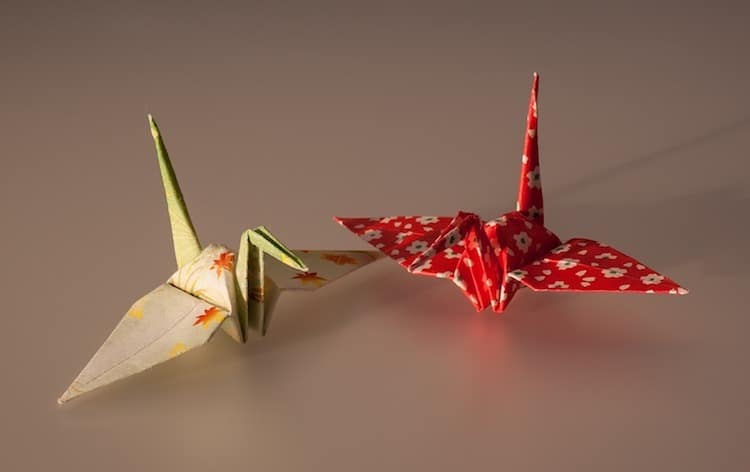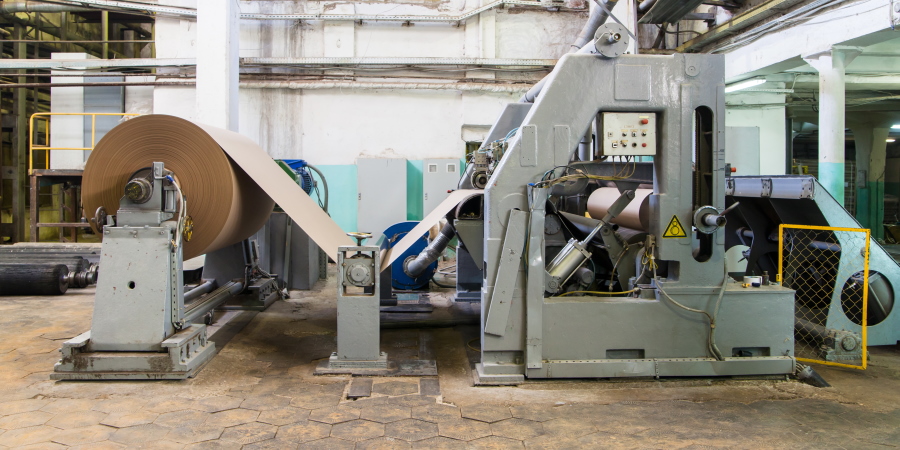Introduction
Paper art and origami are age old crafts that have been around since ancient times, but in recent decades, it has become increasingly popular once again. If these creative pursuits were once considered traditional pastimes, they now continue to fascinate today’s artists and hobbyists. When combined with traditional and modern methods, the artforms of paper and origami allow for limitless expressions and design innovation. This guide unpacks their comeback and importance in our present time.
Historical Roots
Origins of Origami
Origami, the Japanese art of paper folding, has been practiced in Japan for over 1,000 years. It was originally a symbolic ritual that became engraved in everyone’s memory. Origami as a tradition aims to make beautiful decorative designs from a single sheet of paper without any cutting or gluing, focus on precision and being creative.
Development of Paper Art
It includes more than origami: papercraft also includes, though is by no means limited to, paper cutting, quilling, and paper sculpting. These forms are very aptly trace the history being rooted in the culture ranging from Chinese paper cutting to European silhouette art. No tradition is without its cultural themes and artistic evolution.
Modern Revival
Contemporary Techniques
Nowadays, artists are stretching the limits of paper art and origami, imposing new innovative techniques. Laser cutting, digital design and mixed media applications also improve upon traditional techniques providing the means to create highly intricate and large scale works. This amalgamation of the old and new grows the customer base and brings a new life to the artwork.
Diverse Applications
Since popup paper art is very versatile, it has been used in a wide range of areas. From fashion and architecture to product design and advertising, these skill contribute fresh, sustainable alternatives. Artists make use of origami techniques to give form to original structures, and paper sculpture in its many forms serves as a focus of interest and an eye-catcher on the point of sale.
Artistic Expression
Personal Creativity
Paper crafts and origami provide a rich media for self expression. Emotions, stories and concepts can be expressed to artists in complex designs and shapes. The texture of the surface allows experimentation and enables artists to try out new ideas and techniques.
Collaborative Projects
Art and Fold Paper paper and origami projects that promote shared creativity in community. Participation in workshops, exhibitions and public installations unify people, which culturally inspires and stimulates one another. All of these partnerships emphasize the democratizing approach to the craft.
Educational and Therapeutic Benefits
Learning and Skill Development
Develops fine motor skills, spatial relations skills, and develops a child’s creativity too. These crafts appear often in school curriculum, particularly in art and vocational-technical classes, to help children make items in a controlled manner, and get a sense of accomplishment through craft projects. The art of folding paper into shapes, and manipulating the forms, is full of lessons in patience and precision.
Therapeutic Uses
Therapeutic applications of origami and paper art These include relaxation and mindfulness. Folding of the paper is relaxing and calming. These crafts are often provided in art therapy programs to facilitate the expression of self and to help people find mental wellness.
Sustainability and Innovation
Eco-Friendly Craft
Paper art and origami are good practices, with biodegradable materials. Citing example of recycled paper, me sure to make the best use of the use of waste and the realization of saving the Earth. The minimalist approach of the craft also encourages bricolage and invention.
Inspiring Technological Advancements
Origami concepts offer possibilities for technology and engineering. Scientists and engineers use folding to create some of the most efficient and compact designs in engineering, including everything from medical devices to exploring the solar system. This disciplinary influence cross-pollination demonstrates the craft’s ability to spur innovation and problem solving.
Conclusion
The recent return of paper art and origami to the bridge has resurrected the enduring appeal and versatility of this once forgotten topic. Combining the conventional with the modern, artists and designers alike have the ability to stretch the limits of the creative and expressive spectrum. These occupations provide educational, therapeutic and sustainable value and thus are a natural fit in the modern world. As paper art, and the art of origami keep evolving, so do the new generations that open their eyes to the beauty, and possibilities of this ancient art. Timelessly ap-pealing, they continue to be a vi-brant mode in which to express oneself artistically.


